So you completed a ‘Couch to 5k’? What next?
Taking up running became a rite of passage into lockdown but what happened after completing that first 5k and how sustainable is this new hobby?

On your marks
It’s 3pm on a stuffy and overcast afternoon last May. Sweaty and frustrated, I have just returned from a 5k run and experiencing a comedown from adrenaline. I am confronted with my existential thoughts…once again. After a turn of events – need I really explain exactly what – but yes the well-known pandemic led me to move back in with my parents. Inside the confines of my small single bedroom is where I found out the following news: the whole of the UK are entering a national lockdown, four years at university would finish in my childhood bedroom, and I am being furloughed from my job but not to worry as Boris Johnson is allowing us out the house once a day for exercise. Despite my sarcy reference to the daily exercise bonus, this really was a god send.

Athletics was my sport growing up. After a lazy teenage interlude and following an unhealthy first year of university, I took up running again. However, two things nudged me to both progress in and spice up this hobby of mine. One, people across Instagram started posting their Strava stats for the NHS campaign ‘Run 5k Donate 5k’. Run For Heroes are the UK charity who started the trend which saw people run 5k, donate £5, and nominate five others to do so. Partaking in the challenge and contributing to the £1.7 million raised for NHS felt good but on a more personal level I noticed my inner competitive streak heighten as I swiped through friends and strangers running stats. Two, came as a knock-on effect from one, as I realised that running my same 5k distance and route had lost its twinkle.

I don’t think I was the only one who experienced this. The NHS website reports that from March to the end of June last year, downloads of the ‘Couch to 5k’ app came just shy of one million participants. At 858, 000 downloads the Public Health England’s app experienced a 92% increase in downloads from 2019. The app provides runners with guided commentary via a virtual coach, tracks your progress and gets participants out and about to complete three runs a week.
Completing a sporting challenge can leave you feeling a little lost afterward. Just like when you read about Olympic medallists experiencing a “comedown” when the Olympic flame burns out. Alas, I wanted to find out what people can do to keep this life-enhancing habit a staple part of their lives and not limit it to a ‘lockdown hobby’. Here are the solutions I ran into:
Make a habit of it
I have watched myself run every day for a month and experience a high from each minute shaved off a 5k PB. I have also watched myself fill a perfectly suitable half hour slot for a run with reckless scrolling on my phone or blaming a slight gust of wind on unbefitting weather conditions. It is far too easy to burrow into a state of complacency when you put off a run.
James Clear is an author interested in the science behind habits. In his book Atomic Habits: An Easy & Proven Way to Build Good Habits & Break Bad Ones James asserts that we become a product of the environment we surround ourselves in.
If I eat bad, drink alcohol frequently and get minimal sleep you can bet your bottom dollar that you won’t see me running around the park tomorrow.
Rather than set myself up to fail I didn’t choose to restrict myself, but I have learnt to honour future Jess. Sometimes that has meant saying no to that third drink at the pub so that I feel fresh enough to run the following day. Or it means laying out my running clothes and creating a motivational playlist on my Spotify so that I reduce the small yet time-consuming things that I would typically use to talk myself out of a run.
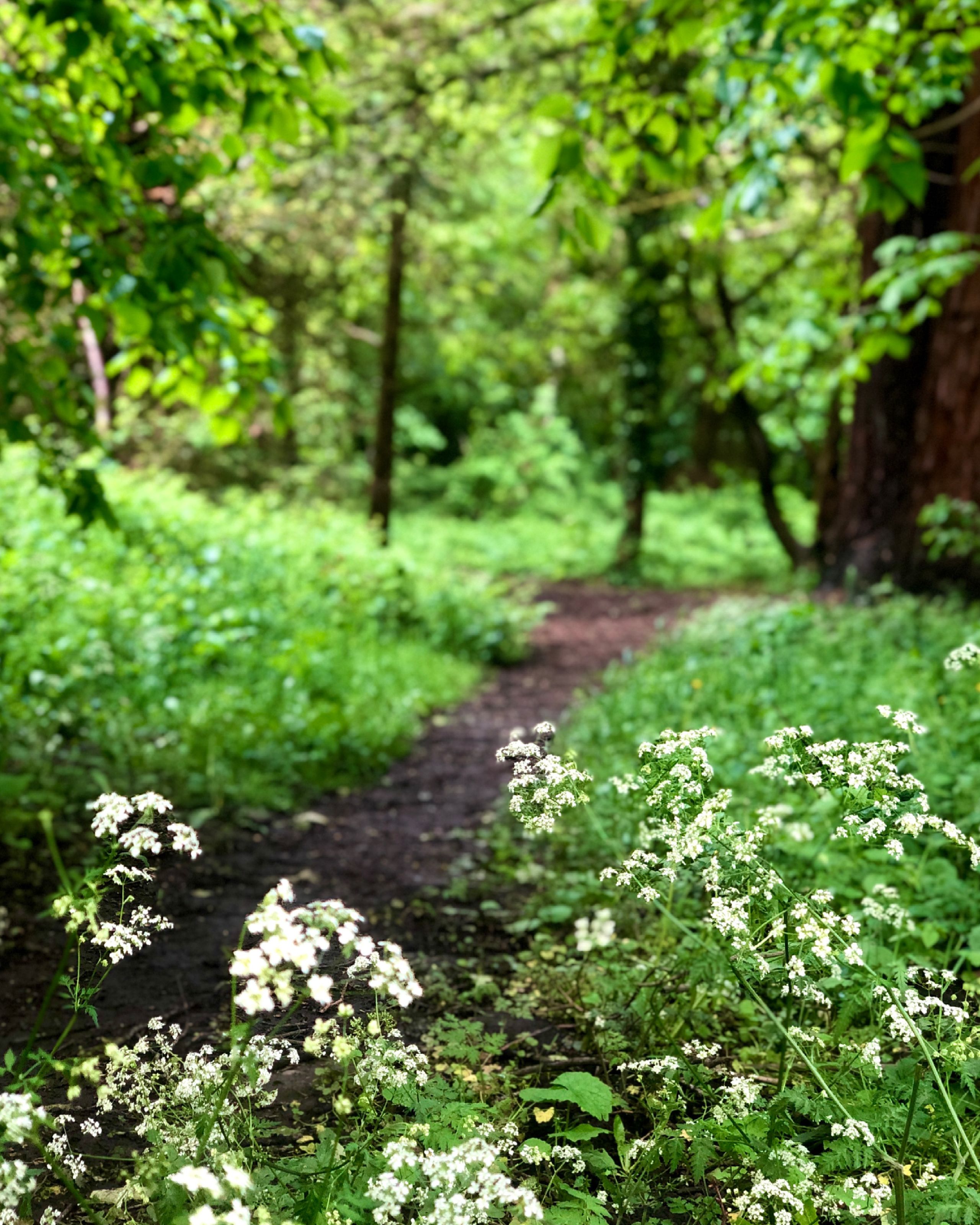
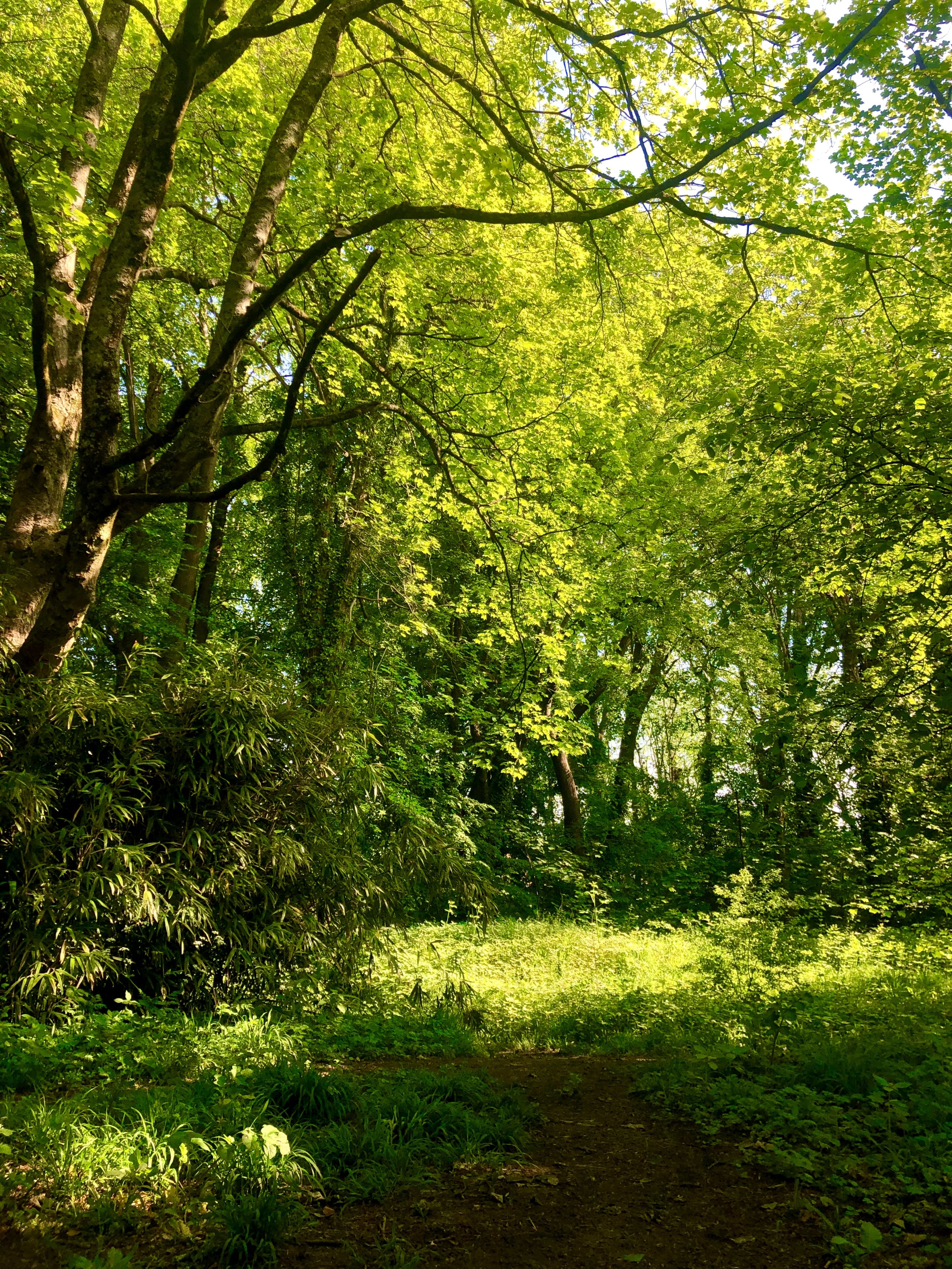
Accountability
James also says in his book on habits, “Research has shown that once a person believes in a particular aspect of their identity, they are more likely to act in alignment with that belief”.
In an experiment carried out by Sportshoes they found that those who share their runs online run quicker than those who don’t. Between the 2,5000 UK runners involved, the ones who did share runs to their socials had an average 5k run time of 25 minutes. This was two and a half minutes faster than those who didn’t share their runs online, which was on average 27.27 minutes. The research also revealed that those who did share runs online are more likely to reach marathon level running, with 35% of the social media sharing participants claiming they could run 41k or more.
Get set
So, with James Clear’s take on identity and the stats on sharing your running habit to social media – what did I do?
I made an Instagram account that would become my running diary. I didn’t put a pressure on this accountability page of mine to necessarily post times and paces from my Strava. I knew that this ran the risk of me getting obsessive over my runs. Rather, I challenged myself to post every day. Whether that be sharing where I run, the kind of training I am doing that day or just sharing what food I consume before or after a run.
I was pleasantly surprised that this little Instagram page I was running on the side wasn’t a chore in the slightest and in fact just a really fun challenge. It made running become part of my identity, people began to associate me with the sport and it added purpose to those boring runs in the rain. It felt like it gave me a gentle kick up the bum each day to spice up my training and try new styles of training while exploring new routes. It made breaking out of that 5k comfort zone a lot more adventurous and brought back the twinkle in running that I had felt so close to losing.

"I feel stronger knowing that I've done something good for my body and mind that day - which I think is the way people should feel after exercise."
Twenty-one-year-old Amy Cook is a physics student based in Edinburgh who took up running during the first lockdown last year. Much like myself, Amy felt slightly trapped after making this adjustment. During this period, she decided to take up running. After completing the couch to 5k she was at a loss, “I wasn't sure how to progress and then the winter months hit and the dark and cold weather meant I didn't really want to go out” says Amy. Eager to not put a halt to her new hobby, she discovered a few helpful online training plans, either from running coaches on Instagram or from the online running platform: Runderwear.
Talking about the feeling of plateau and running, Amy has found that things like her hormones and cycle can affect her training as well as noticing that general life can simply get in the way. Her advice to others going through a bit of a decline in their running is to trust that this is just a rough patch, but it won’t last forever.
“I feel so much less stressed when I’ve done a run” says Amy, “I feel stronger knowing that I've done something good for my body and mind that day - which I think is the way people should feel after exercise.”
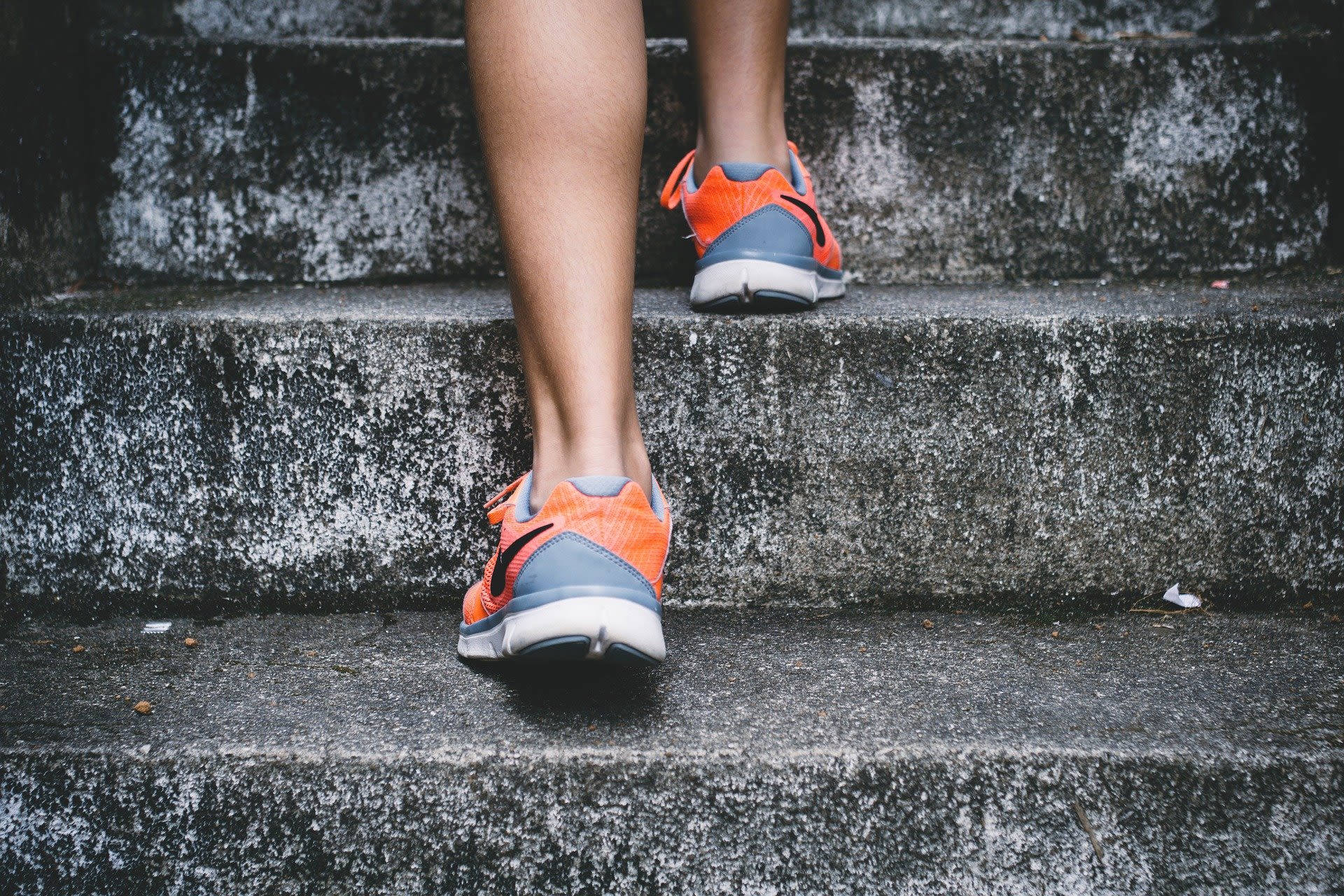
How does one cross-train?
When you first find yourself communicating with other runners the lingo can sound a bit alien. I heard the words ‘fartlek’, ‘tempo’ and ‘interval training’, looked up half-marathon training plans and instantly felt overwhelmed by the slight scent of math involved in these plans. What on earth did 8x1min at my 10k pace mean and how come this seemed to be second nature to so many runners out there?
Unwilling to let imposter syndrome knock me back, I started using the Nike Run Club app. The app is like a running for dummies bible. The best part about it is that you don’t have to sit and read through masses of running lingo. You can shove your gear on, get a pair of headphones on, leave the house and let the virtual coaches do the talking. They will guide you through whole fartlek/tempo/speed sessions and naturally you begin to pick up how to understand your different paces and what form of training benefits your goal the most.
Cross training is a lot less technical than it sounds. It is essentially any form of exercise that will complement your main sport. Runner’s World Australia say that, “The trick is to approach cross-training as a runner. Runners have their obvious strengths: power, endurance, tenacity. But within those strengths lies the potential for weakness: quads that overpower our hamstrings, neglected upper bodies, and poor flexibility—qualities that could lead to problems.” I started attending the gym again when my local facility reopened. Strength training at least four times a week has really built up my endurance and has been a welcome break from constant cardio.
I also made sure to incorporate longer bike rides into my week. By longer, I mean I scouted nice cycle trails instead of cycling down to my local Co-op for a bar of Cadbury’s and a bottle of wine. Runner’s World comment in an article on cross training that cycling is non-impact therefore you can recover quicker from sessions and can notice both aerobic benefits and improved endurance.
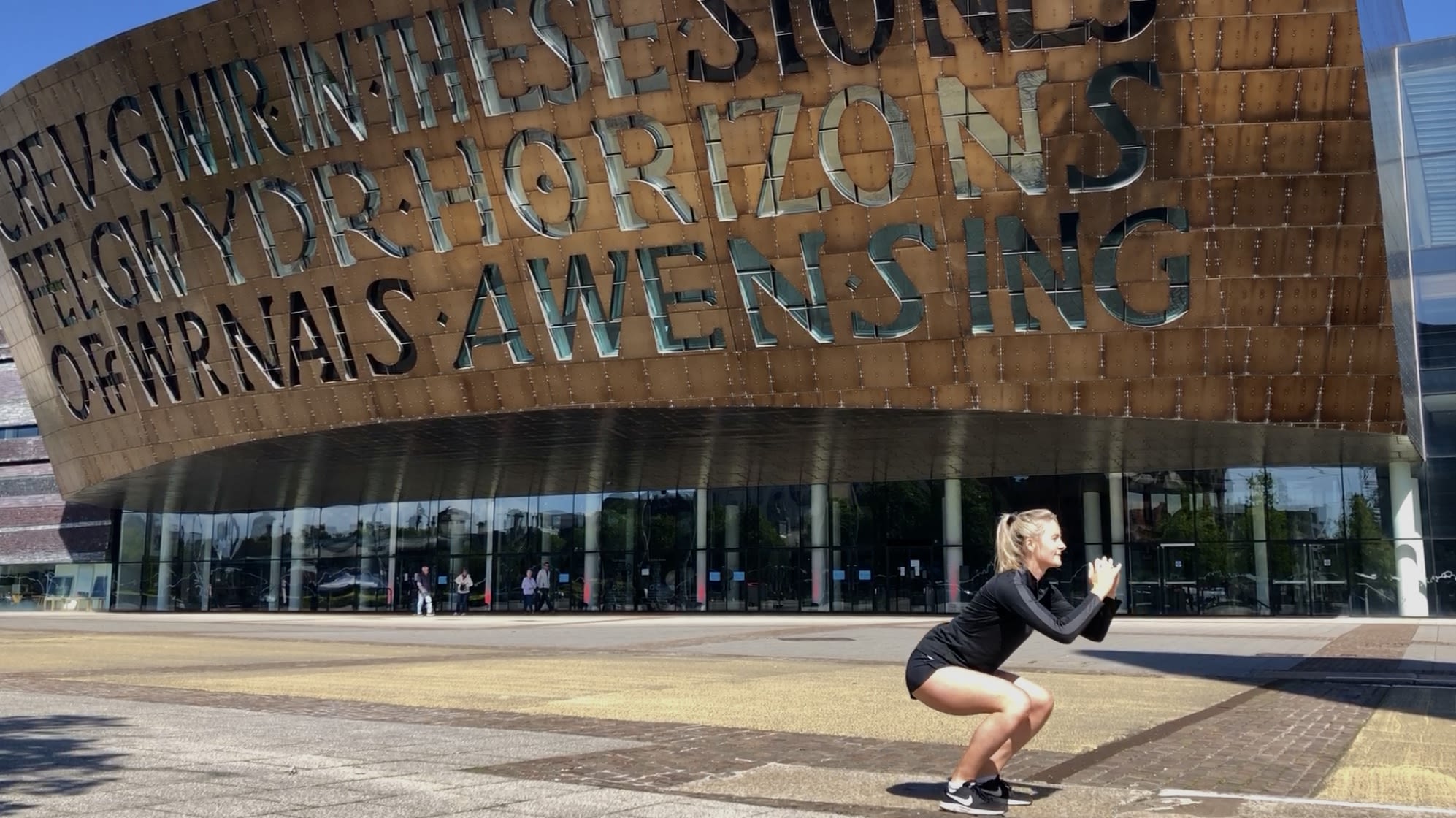

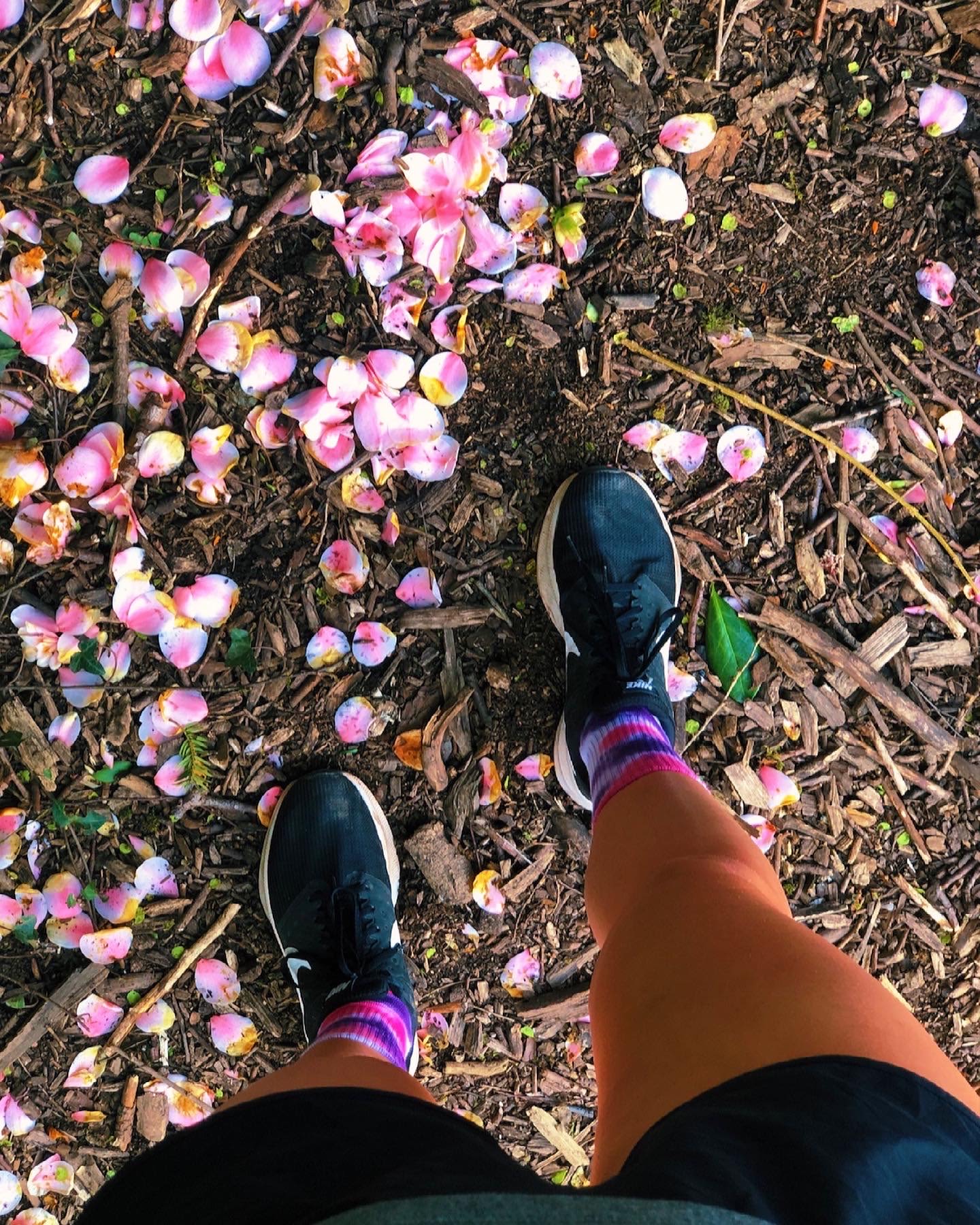
Go
On a cold Sunday morning last month I woke up late and almost used this slip up to talk me out of meeting with a new run club. Though my new running Instagram was encouraging me to rake up the miles and build on my journey, I lacked real life human running buddies. My following grew and naturally I met other runners on there. Which was lovely but sometimes social media can feel like a big simulation and even the sincerest person can feel like you are speaking to a robot at times. Fast forward to 08:00 on that anxious Sunday morning and I was chaining up my bike about to meet the ‘punks’.
The Running Punks are a bunch of super friendly and relaxed individuals who connect over improving mental endurance through their love for running and the occasional punk album.
“You get to talk about things you are passionate about while also talking about running and you can fit into that community beautifully.”

Jimmy Watkins, the founder of the club speaks of how important it is to join a club. He says that you can look at runners and think that you aren’t one, or that you don’t have anything in common with others who run but you will always find things to talk about and connect with when you run with new people. “You get to talk about things you are passionate about while also talking about running and you can fit into that community beautifully”, says Jimmy.
My lack of knowledge on punk music didn’t show me up…thankfully. I connected with new and old members of the club and fell in love with a couple of the canine members too. It is a really refreshing experience to run in a group as you focus much less on what you are doing, and it is a reminder of how enjoyable the sport is when it is shared with others. Unconscious to the distance, I was able to enjoy a longer run as I was distracted with getting to know others along the way.
"I feel a sense of purpose when I run again."
Where I’m at now
I feel like I have a healthy balance of all the elements necessary to maintain running as a hobby. I feel a sense of purpose when I run again, and it is unbelievable how different my attitude is toward the sport now.
Henry Ford, the founder of Ford Motor Company once stated, “If you always do what you've always done, you'll always get what you've always got.” This quote gets rinsed however, it aptly describes the way things felt once I pulled away that 5k comfort blanket from myself. Once I tried out alternative training sessions, built an online profile for my running and joined a run club I discovered a whole new dimension to the sport.
Yes, I do still love a cheeky 5k but I now know how to keep the romance alive with running. I do strength training at the gym four times a week, I mix up my running sessions so that I work on my speed and endurance, I continue to update my running Instagram and I remain a member of the Running Punks.
